Popular Retail Store Colour Ideas (With Tips and Examples)
Explore popular retail store colour ideas that increase sales and customer engagement. Get a step-by-step guide on choosing the best colours that match your brand.

Explore popular retail store colour ideas that increase sales and customer engagement. Get a step-by-step guide on choosing the best colours that match your brand.

The colours you choose for your retail store can have a big impact on your sales. Studies show that store colours influence over 66% of in-store decisions, and around 90% of a consumer's initial impression comes from colour alone.
In this guide, you’ll get a complete overview of the most popular retail store colour ideas. Plus, you’ll also get effective tips and a step-by-step guide to choose the right colour for your store. So let’s get into it!
Retail store colour ideas refer to planned colour schemes that create the right atmosphere for your business. These colours appear on walls, floors, ceiling elements, and display fixtures to create a unified shopping experience.
Colour schemes work beyond decoration. They set the mood, communicate your brand personality, and influence how customers perceive your products.
The right colours make small spaces feel larger, premium products appear more valuable, and browsing more enjoyable for your target customers. Let’s take a look at why choosing the right colour for your retail store becomes so important.
Colour psychology plays a significant role in customer behaviour. Customers respond to colours based on cultural associations and personal preferences.
For instance, warm colours like red and orange create a sense of urgency and encourage impulse purchases, which is why many grocery stores use these shades near checkout areas.
On the other hand, cool colours like blue and green promote calm browsing, making them perfect for electronics stores where customers need time to compare products.
Now let's explore which specific colours work best for different retail environments.
Different colours create distinct shopping experiences. Here are the most effective colour combinations for Indian retail stores:
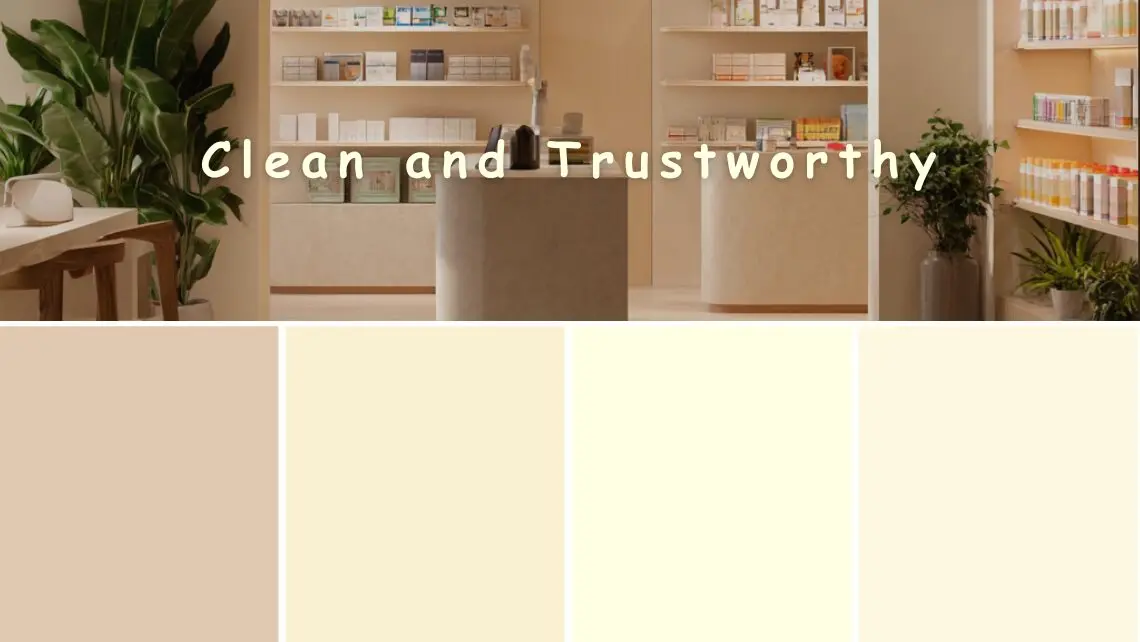
White and cream backgrounds create a clean, professional appearance that works well for pharmacies, bookstores, and health-focused retailers. These colours make products stand out clearly and give customers confidence in cleanliness and quality.
White reflects light effectively, making small stores appear larger and products more visible. Cream adds warmth without overwhelming the space.
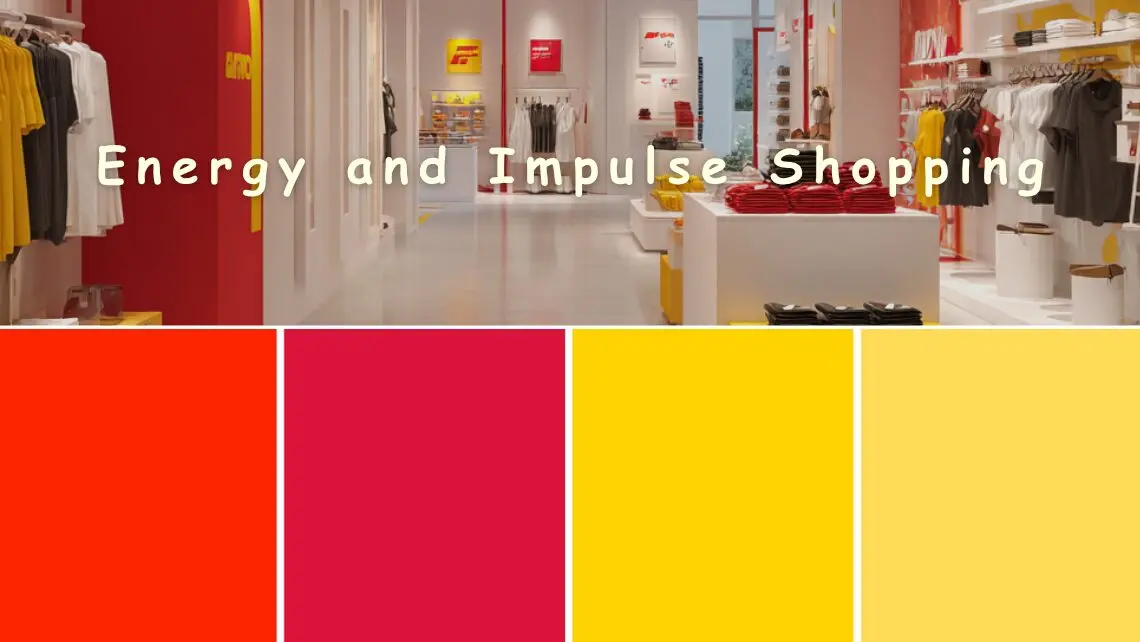
Red creates urgency and excitement, making it perfect for clearance sections and impulse purchase areas. Research demonstrates that red is used by 59% of the world's largest retailers in their branding because it drives quick purchasing decisions.
Yellow adds cheerfulness and grabs attention, making it excellent for promotional displays and children's sections. Together, these colours work well for fast fashion stores and quick-service retail.
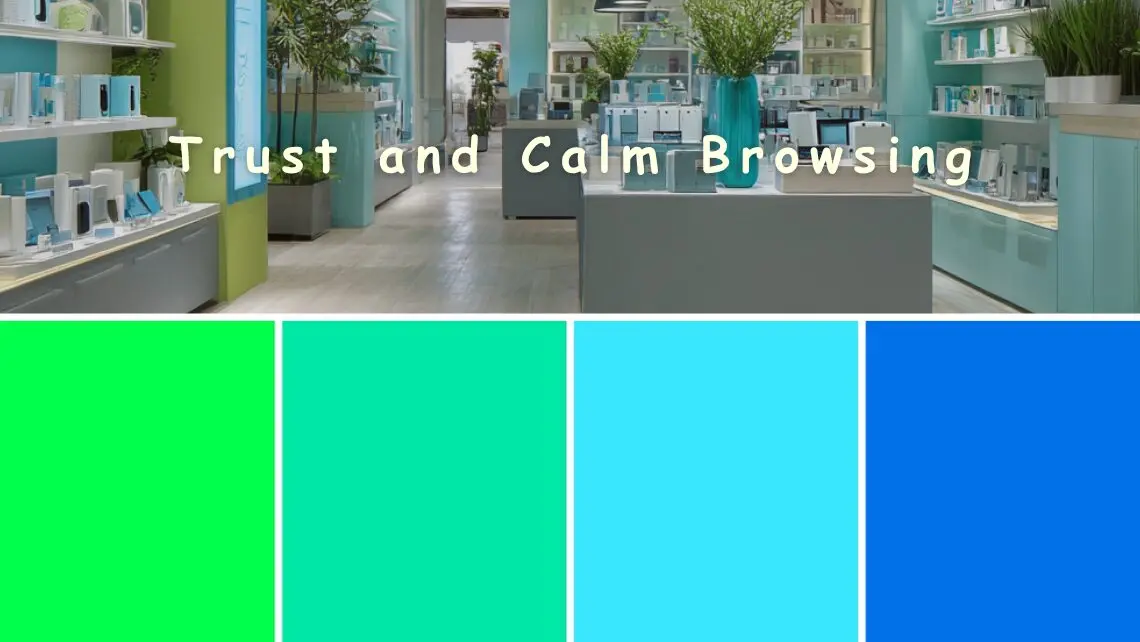
Blue communicates trust and reliability, making it ideal for electronics stores, financial services, and professional retail environments.
Green suggests health, nature, and sustainability. It works well for organic stores, wellness retailers, and eco-friendly product displays.
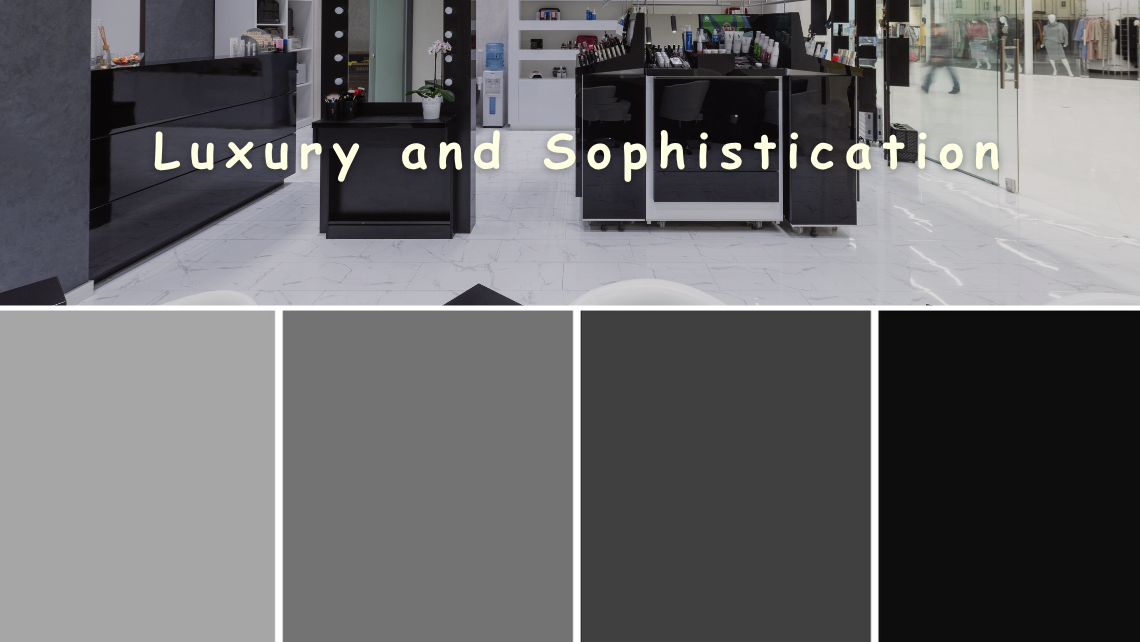
Black backgrounds make products appear more premium and valuable. Fashion boutiques, beauty stores, and luxury retailers use black to create an upscale atmosphere that justifies higher prices.
Charcoal grey provides a softer alternative to pure black while maintaining sophistication. These colours work best as accent walls or display backgrounds rather than dominant room colours.

Purple appeals to creative customers and works well for art supplies, beauty products, and boutique stores targeting younger demographics. Lavender offers a gentler version that works in wellness and beauty retail.
These colours help stores stand out from competitors while appealing to customers seeking unique, creative products.
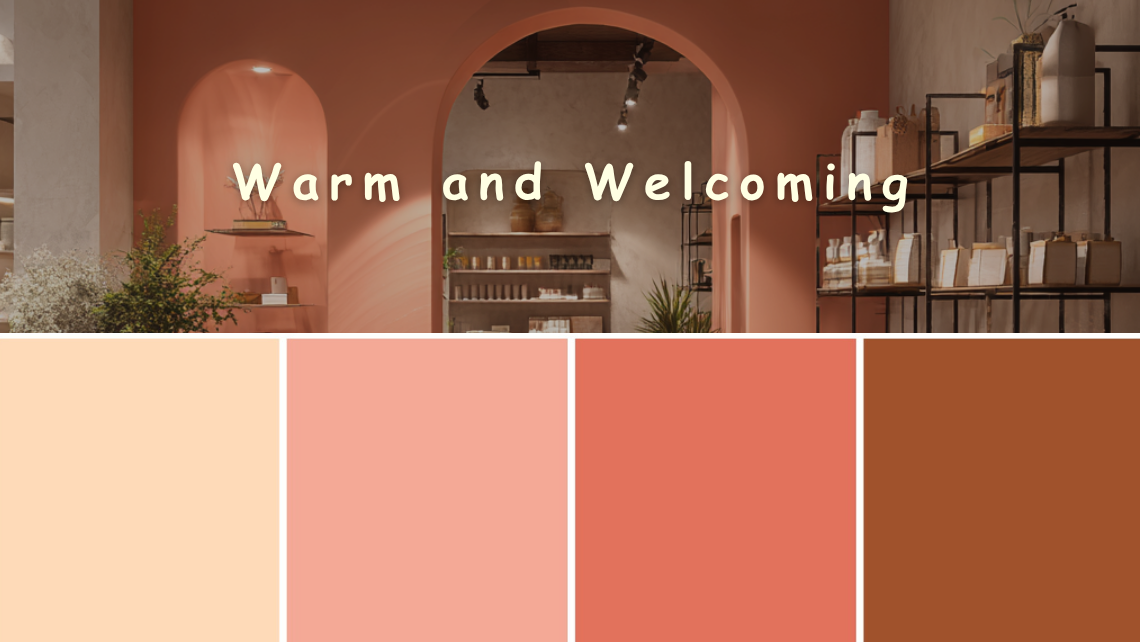
Earthy tones create a friendly, approachable atmosphere perfect for furniture stores, home goods retailers, and organic product displays. These colours feel familiar and comfortable to Indian customers.
Terracotta connects with traditional Indian design elements while feeling modern and fresh when paired with contemporary fixtures.
Use contrasting colours between your walls and display racks to create a visual hierarchy. Light walls with darker fixtures help products stand out, while dark walls with lighter fixtures create dramatic product presentation.
Your store's physical layout is also important to consider for making better colour decisions.
Your store type and physical layout should guide your colour decisions. Different retail formats require different approaches to create the best customer experience.
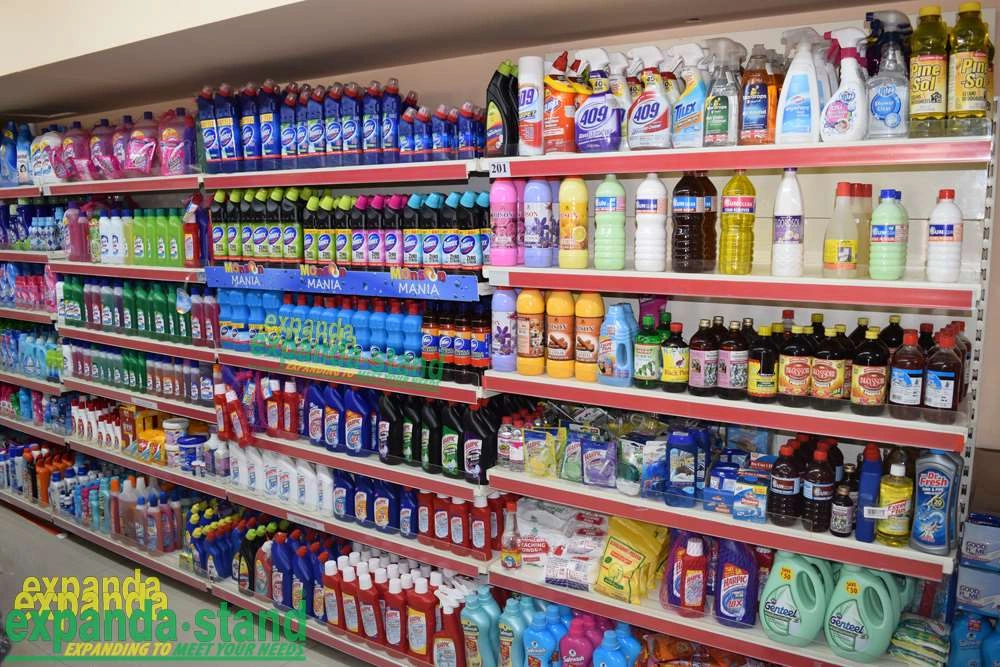
Supermarket and hypermarket environments need colour zoning to help customers navigate large spaces efficiently. Use warm cream and whites as your base colours, then add green accents for produce sections, blue for dairy areas, and red highlights for promotional zones.
This approach creates clear visual pathways while maintaining a fresh, clean atmosphere that builds customer confidence in food safety and quality.
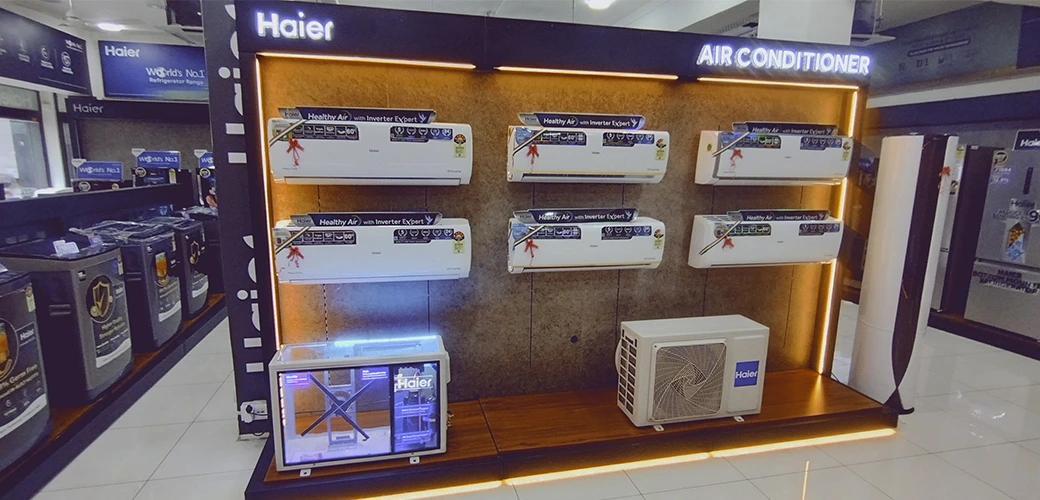
Electronics stores benefit from cool, professional colour schemes that communicate trust and technological expertise. Use blue and grey as primary colours with white accents to create a modern, clean environment.
Avoid warm colours that might make expensive electronics appear less premium, and ensure sufficient contrast between wall colours and product displays for optimal visibility.
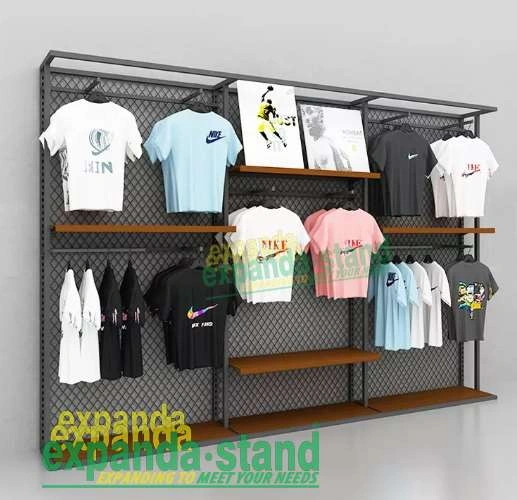
Fashion retail environments should use sophisticated colour palettes that make clothing appear more attractive. Black backgrounds with white or metallic accents create luxury appeal, while neutral beiges allow garments to be the focus.
Consider your target demographic when choosing accent colours - younger customers respond to bright pinks, yellows, and electric blues, while business clothing stores work better with charcoal, navy, and cream tones.
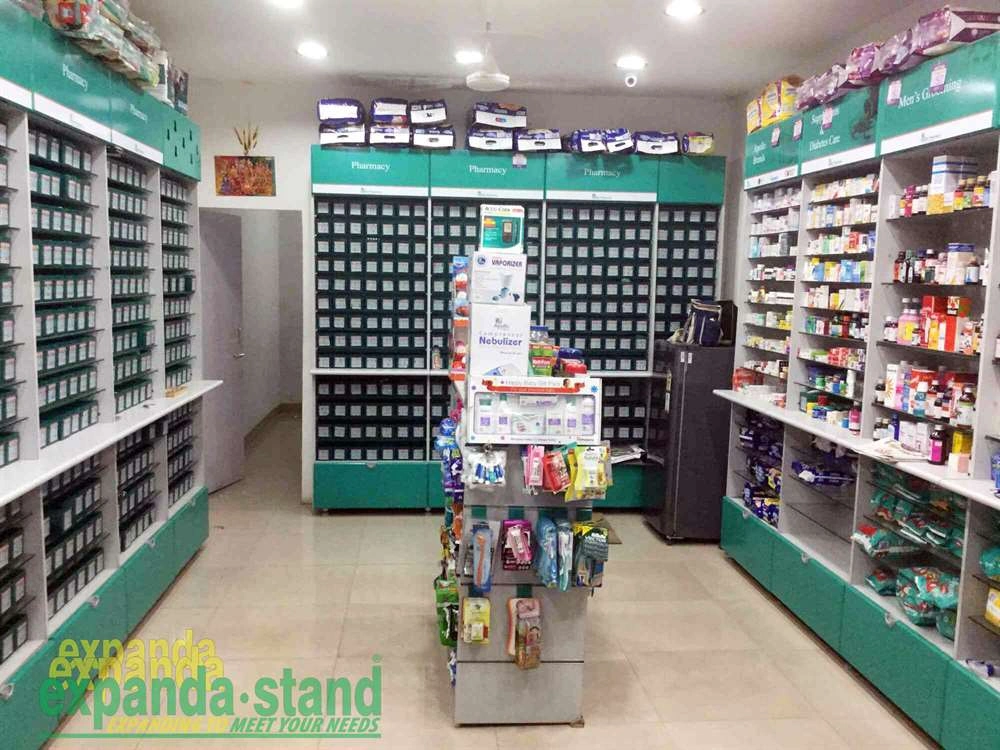
Pharmacy environments require colours that communicate cleanliness, health, and trustworthiness. White walls with soft blue or mint green accents create the ideal atmosphere for healthcare retail.
These colours help customers feel confident about product quality and store hygiene standards, which is crucial for building trust in health-related purchases.
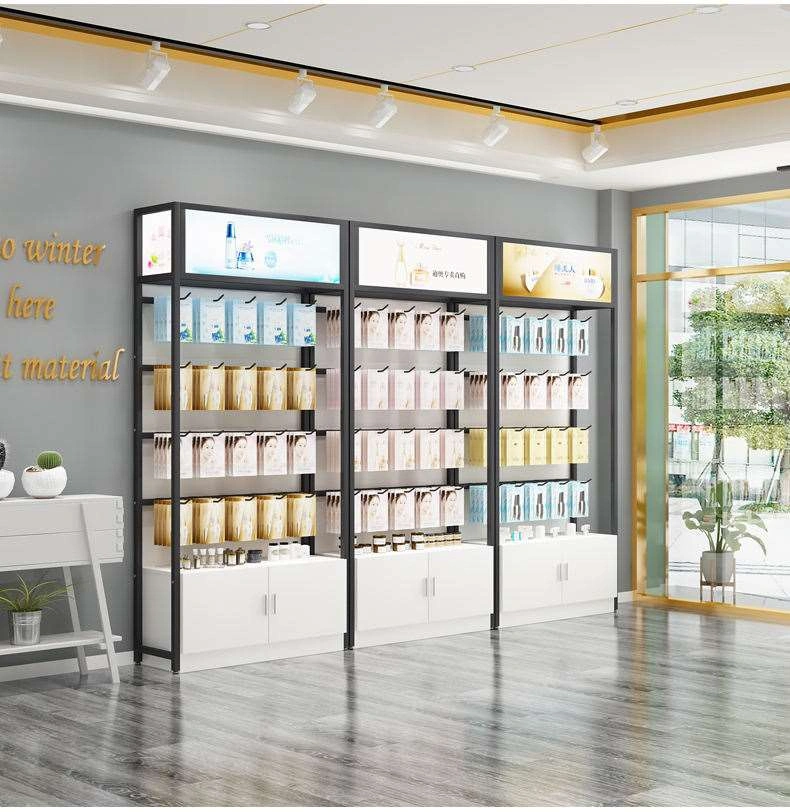
Health and beauty retailers can use softer, more welcoming colour schemes that make customers feel pampered. Warm whites with peach, lavender, or soft pink accents create an inviting atmosphere.
These colours encourage browsing and make customers comfortable spending time exploring products, leading to higher average transaction values.
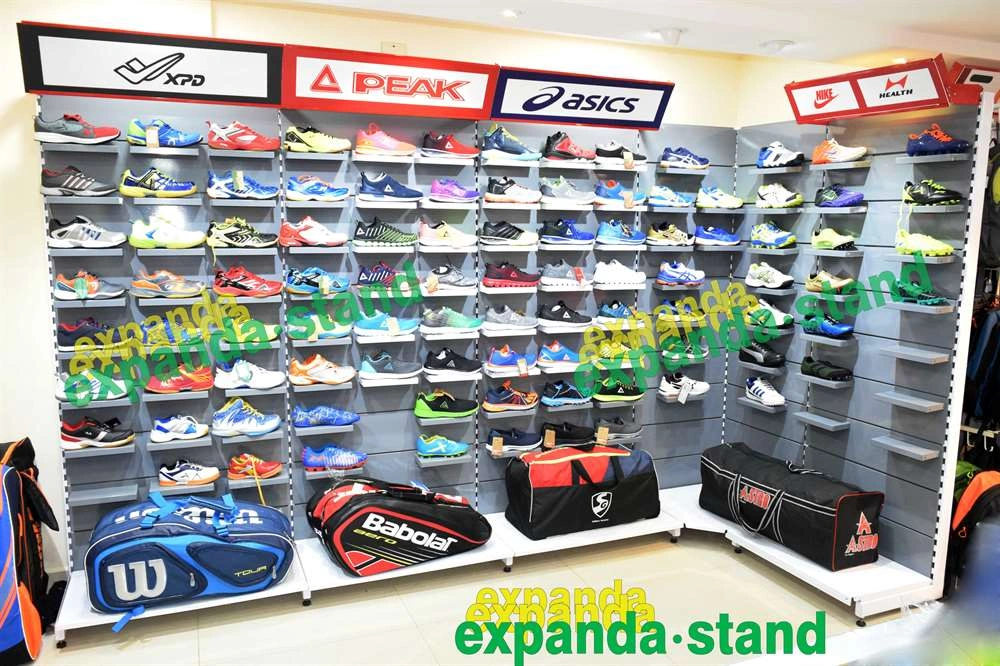
Sports retail stores need energetic colour schemes that motivate and inspire activity. Bold blues, oranges, and reds create excitement and urgency that encourages purchases.
Use these bright colours strategically on accent walls and promotional areas while keeping equipment display areas neutral for better product visibility.
Understanding your store format helps you choose colours that support easy navigation and comfortable shopping experiences. But beyond layout considerations, your target customers play a key role in colour selection.
Different customer groups respond to colours differently based on age, income level, and shopping purpose. Tailoring your colour choices to your target customers increases engagement and sales.
Children respond well to bright, primary colours like red, yellow, and blue. Young adults prefer trendy colours that change with fashion cycles. Older customers often prefer classic, subdued colours that feel timeless and trustworthy.
Consider your primary customer age group when selecting your main colour scheme, then add accent colours to appeal to secondary customer groups.
Budget-conscious shoppers respond to bright, energetic colours that communicate value and savings. Higher-income customers often prefer sophisticated colour palettes that suggest quality and exclusivity.
Health-conscious customers gravitate toward natural colours like greens and earth tones, while convenience shoppers prefer clear, high-contrast colours that help them find products quickly.
Indian customers have strong cultural connections to certain colours. Red and gold suggest prosperity and celebration, making them excellent for festive season displays. Saffron and white carry spiritual significance that works well for wellness and traditional product displays.
Seasonal colour changes keep your store feeling fresh. Use cooler colours during summer months and warmer tones during winter and festival seasons.
The colours you choose should make your target customers feel comfortable and understood while encouraging them to explore your products.
Now, the final impact of your retail store colour also depends on how you coordinate your walls with fixtures and displays.
Your colour scheme only works when it coordinates with your display fixtures and storage solutions. The right combination creates a cohesive shopping environment that supports both aesthetics and functionality.
Choose display rack finishes that complement rather than compete with your wall colours. Light walls work well with darker rack finishes, while dark accent walls pair beautifully with metallic or white fixtures.
Tip: Consider the 60-30-10 rule, in which you have 60% dominant colour (walls), 30% secondary colour (major fixtures), and 10% accent colour (signage and highlights). This creates visual balance without overwhelming customers. Effective display rack arrangements support this colour hierarchy beautifully.
Modern retail fixtures come in various finishes that can support your colour strategy. Chrome and stainless steel finishes work with cool colour schemes, while bronze and copper tones complement warm colour palettes.
Industrial storage solutions adapted for retail use offer durability with aesthetic appeal. Choose powder-coated finishes in colours that support your overall design vision.
Use your display fixtures to guide colour flow through your store. Position darker fixtures near entrances to create depth, then transition to lighter fixtures deeper in the store to encourage exploration.
Strategic colour placement on fixtures helps create natural customer pathways and highlights featured products or promotional areas.
Coordinating colours with fixtures requires planning, but the result is a professional appearance that builds customer confidence and encourages purchases.
A systematic approach makes colour planning manageable and effective.
Creating an effective colour strategy requires proper planning considering your brand, customers, and space needs. Follow these steps to develop a colour scheme that drives sales and creates positive customer experiences.
Start by identifying the emotions and qualities you want customers to associate with your store. Is your brand trustworthy and professional, or fun and energetic? Your brand personality guides your colour choices.
Tip: Write down a few words that describe your ideal brand image, then research which colours communicate these qualities effectively.
Here’s a quick reference guide that will help you match your brand personality with the right colour choices:
Consider your customers' demographics, shopping habits, and cultural background. Customer colour preferences directly impact purchasing decisions, making them vital to your success.
Survey existing customers or observe which colours attract attention in similar successful stores in your area.
Evaluate your space's natural lighting, artificial lighting, and traffic flow patterns. Colours appear differently under various lighting conditions, so test your choices throughout the day.
Consider how customers move through your space and where you want to create visual emphasis or encourage lingering.
Choose one dominant colour for large surfaces, one secondary colour for major fixtures, and one or two accent colours for highlights and promotional areas.
Test colour combinations in small areas before committing to large-scale changes. Paint sample walls or use removable elements to see how colours work in your actual space. Understanding store design principles helps you test colour schemes effectively.
Plan how your colour choices will work with existing or planned display fixtures. Retail display racks should support your colour strategy rather than conflict with it.
Consider future flexibility when choosing display systems, selecting finishes that can adapt to seasonal colour changes or brand evolution.
Implement your colour strategy gradually, starting with one section or wall. Monitor customer behaviour and feedback to ensure your choices create the desired effect.
Successful colour strategies evolve over time based on customer response and changing market conditions.
Now, let’s take a look at some colour combinations for different retail stores so that you can choose the best approach for your needs.
Here are some effective colour combination examples that work well for different types of Indian retail businesses:
Industry TypeSuggested Colour PalettesKey BenefitsPharmacyWhite, mint green, soft blueCommunicates cleanliness, health, and trustFashionBlack, pastel pink, goldCreates luxury appeal and product focusGroceryWarm beige, olive green, and orangeSuggests freshness and natural productsElectronicsBlue, grey, metallicBuilds trust and highlights technologyBooks/StationeryCream, pastel yellow, wood tonesEncourages a browsing and learning atmosphere
These colour strategies work because they align with customer expectations while supporting the practical needs of each retail category. Choosing the right display solutions for different store types ensures your colour scheme works with your fixtures effectively.
Even the most carefully planned colour scheme fails without display fixtures that support your vision. Bad quality racks with mismatched finishes can affect your entire design strategy and reduce customer confidence.That’s where Expanda Stand comes in. We understand that effective retail design requires coordination between colour strategy and display solutions.
Here's how Expanda Stand helps you achieve design consistency that drives results:
Expanda Stand provides display solutions that work with your colour strategy to create shopping environments that customers enjoy visiting.
There are many retail store colour ideas and options, each having its own impact and suitable for a specific type of store condition. Well-planned colour strategies increase customer engagement, extend browsing time, and drive sales growth.
The most successful retail stores combine strategic colour planning with high-quality display fixtures that support their design vision. When colours and displays work together, they create shopping environments that customers enjoy and return to regularly.
Ready to improve your retail store's appearance? Contact Expanda Stand today to explore high-quality display solutions.
Light colours like white, cream, and pale blue reflect more light and create the illusion of larger spaces. Use these colours on walls and ceilings, combined with strategic lighting and mirrors.
Major colour schemes should remain consistent to build brand recognition. Consider seasonal accent changes or promotional colour additions rather than complete overhauls.
Red and orange create urgency and encourage impulse purchases, making them excellent choices for clearance and promotional areas.
Use high-contrast combinations that stand out from the street and attract attention. Bright colours work well for promotions, while your brand colours maintain consistency.
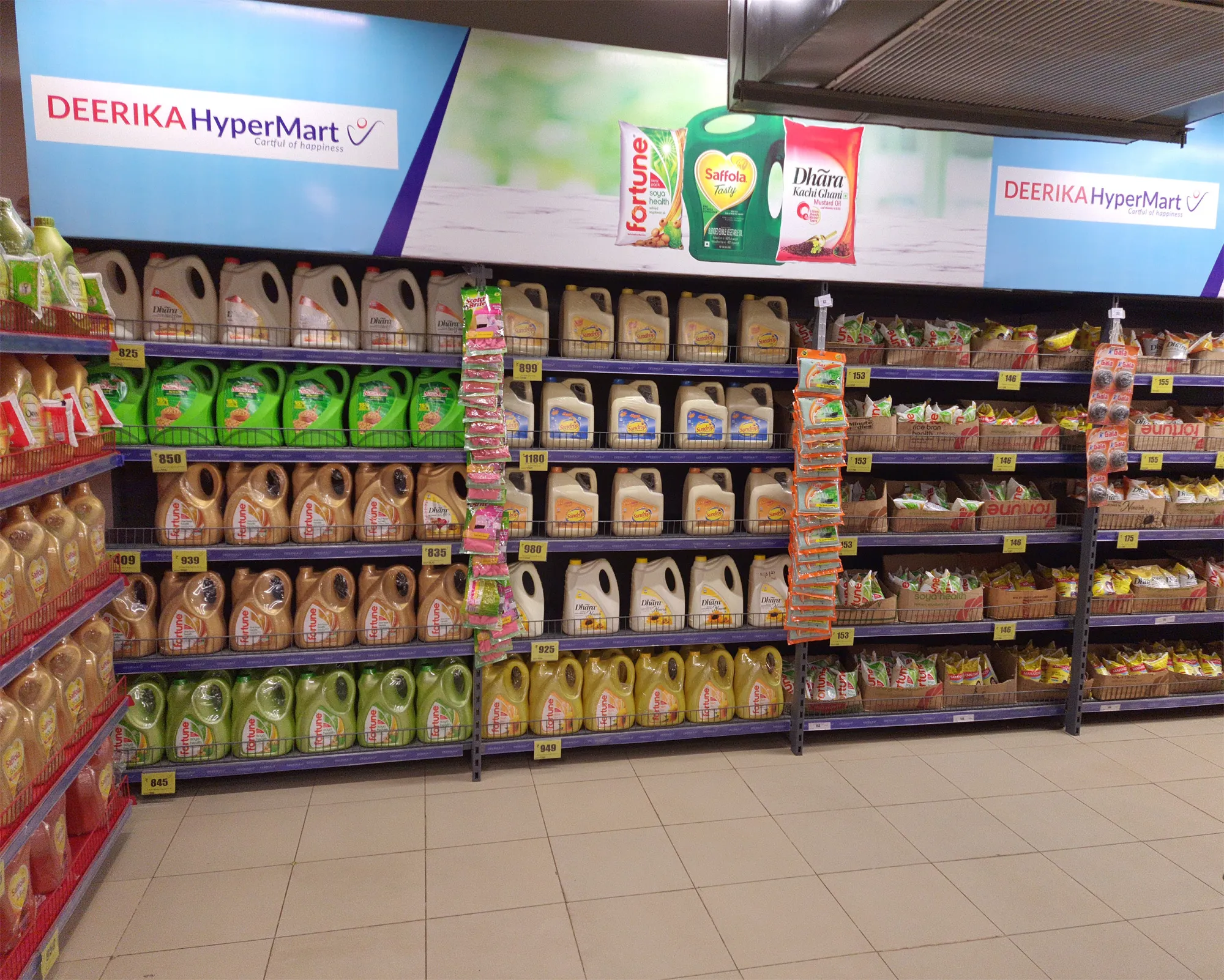

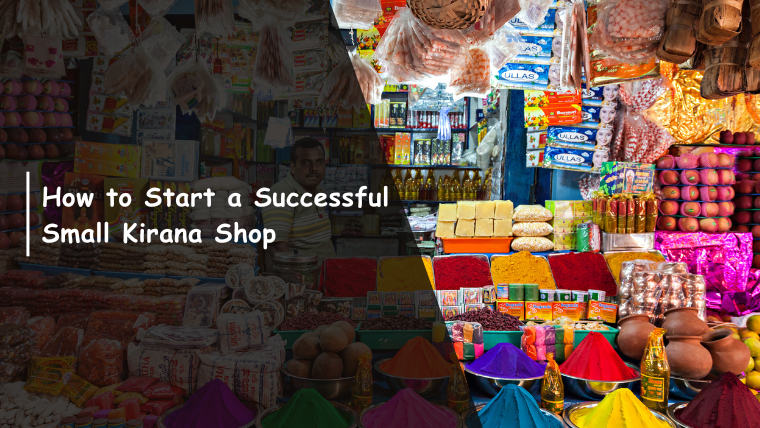

Ready to Upgrade Your Process Operations?